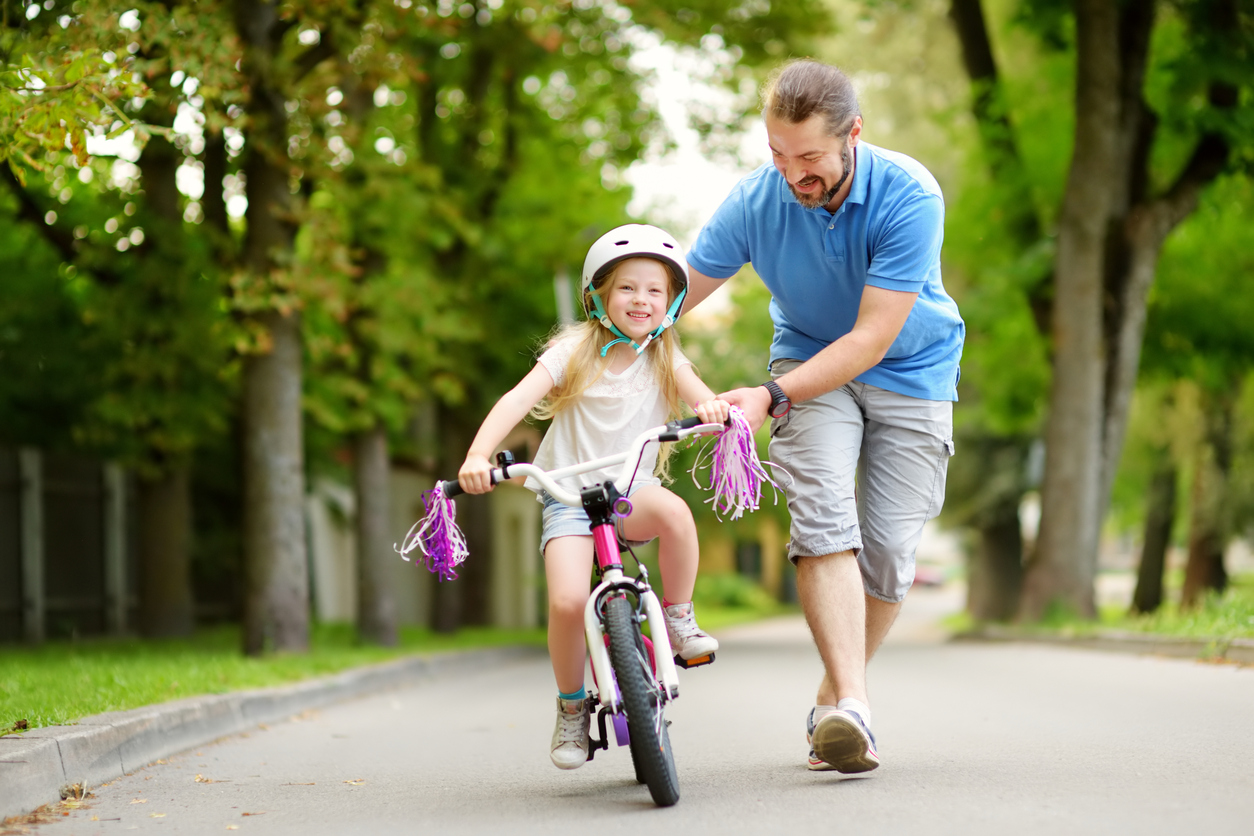Overall, the number of traffic accidents in the United States has declined in recent years. This is thanks, in part, to advances and innovations in technology. Drivers are behind the wheel of safer cars. Cities are also investing in enhanced infrastructure and safety features that are designed to minimize accidents.
At the same time, however, roads across the country are becoming more dangerous for bicyclists and pedestrians. Since 2010, fatal bike accidents have increased by 25 percent, while fatal pedestrian accidents have increased by 45 percent.
Cities Encouraging Americans to Bike and Walk
Americans are being encouraged to ditch their cars in favor of riding a bike or walking. Cities across the nation cite studies that tout the environmental, health and emotional benefits of choosing an alternative mode of transportation. As a result, a rising number of Americans are ditching their cars.
However, these cities aren’t providing bicyclists and pedestrians with safe places to travel. The lack of safe bicycle and pedestrian infrastructure, combined with a surge in the popularity of alternative commuting, is putting many Americans in harm’s way. In fact, one study suggests that more than half of all fatal traffic fatalities are motorcyclists, bicyclists, and pedestrians.
Roads Are Designed For Cars, Trucks, and High-Speed Vehicles
Roads, particularly those in large cities, are designed to accommodate large vehicles traveling at high rates of speed. It’s common to see several multi-lane highways and roads running through any major city in the United States.
What’s missing from these roads and highways, however, is a safe space for bicyclists and pedestrians. There may be striped bike lanes or crosswalks here and there, but they’re not the norm. Unfortunately, modifying existing infrastructure to accommodate bikes and pedestrians in a city can be quite challenging.
Challenges in Installing Dedicated Bicycle and Pedestrian Infrastructure
People are hopping on their bikes and lacing up their walking shoes before there’s a safe space for them to travel. This isn’t to say that cities aren’t trying to find ways to integrate dedicated infrastructure into existing roads and highways. Unfortunately, many hurdles prevent cities from keeping up with growing demand.
Research and Studies: There is no one “one size fits all” design that will work for every city in the United States. Roads and highways are different in all corners of the country. Cities have to figure out what type of bike and pedestrian infrastructure will be best for their particular town. Unfortunately, it can take time to design and implement traffic studies. There’s no guarantee that those studies will yield useful results. Even if they do, it takes time to analyze those results and apply them to road designs.
Cost: Even if a city knows exactly what type of infrastructure is best, it may be cost prohibitive to implement those ideas. Cities may have to apply for grants or ask residents to vote on ballot initiatives to approve allocations for dedicated safety infrastructure. It can take time to secure the funds that are necessary to make impactful changes.
Space: It can be difficult to navigate the roads in many cities in the United States. Why? A lack of space. Multi-lane highways are crammed into narrow spaces, surrounded by concrete barriers, commercial buildings, or homes on either side. Cities know that bike lanes and sidewalks are necessary, but they simply don’t have space for them.
Partial Infrastructure: Some cities have installed dedicated bike lanes and sidewalks on a portion of their roads and highways. They simply fit them in where there is space. However, this means that a bicyclist can be forced into high-speed traffic when a bike lane suddenly ends. They may have to ride alongside large, heavy vehicles until the bike lane appears again. Partial infrastructure can be even more dangerous than no infrastructure at all.


